Optimal Seasons for Sewer Line Replacement
Determining the optimal time for sewer line replacements depends on various factors including weather conditions, soil type, and the severity of the issue. Typically, mild weather seasons such as spring and fall are preferred to minimize disruption and ensure optimal working conditions.
Spring offers moderate temperatures and less extreme weather, making it ideal for sewer line work. It allows for efficient excavation and installation with minimal weather-related delays.
Fall provides cooler weather and dry conditions, reducing the risk of weather-related complications during sewer line replacement projects.
Summer can bring high temperatures and heavy rainfall, which may hinder construction activities. Winter poses challenges with frozen ground and potential snow, increasing project difficulty and safety concerns.
Soil type influences timing; clay soils retain moisture and may require warmer months for proper excavation, while sandy soils drain well but may shift more easily in extreme weather.
Sewer line replacements are essential when existing pipes become damaged, corroded, or blocked. The process involves removing old pipes and installing new ones to ensure proper waste disposal and prevent potential health hazards. Advances in trenchless technology now allow for less invasive replacements, reducing property disruption and recovery time.
Statistics indicate that sewer line problems account for a significant portion of underground utility repairs, with pipe failures increasing due to aging infrastructure. Proper timing of replacements can extend the lifespan of the new pipes and minimize future disruptions.
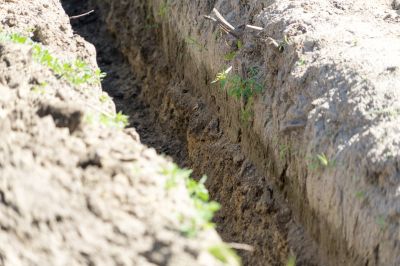
Traditional excavation involves digging trenches to access and replace damaged pipes.

Trenchless methods use minimal surface disruption, often through pipe relining or directional drilling.
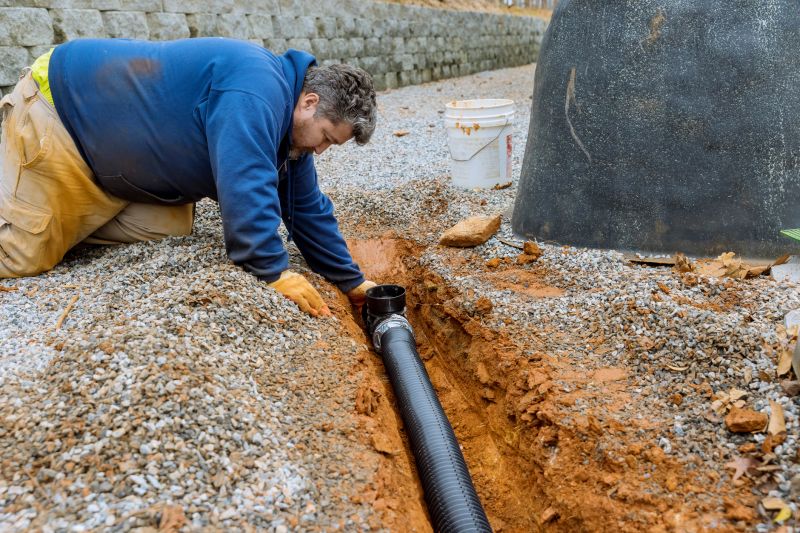
Installing durable, corrosion-resistant pipes improves longevity and reduces maintenance needs.

Final inspection ensures proper installation and functionality of the new sewer line.
| Season | Ideal Conditions |
|---|---|
| Spring | Moderate temperatures, less rain, optimal for excavation |
| Summer | High temperatures and storms can cause delays |
| Fall | Cooler weather, dry conditions, suitable for projects |
| Winter | Frozen ground and snow increase difficulty |
Choosing the right timing for sewer line replacement can lead to smoother project execution, reduced costs, and longer-lasting results. Proper planning around seasonal weather patterns and soil conditions ensures the best possible outcome for underground pipe repairs.
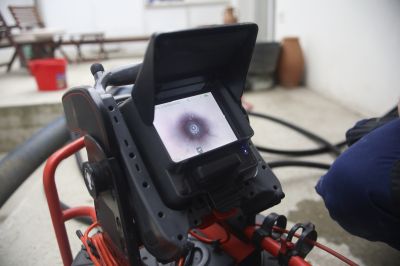
Video cameras are used to assess pipe condition before replacement.
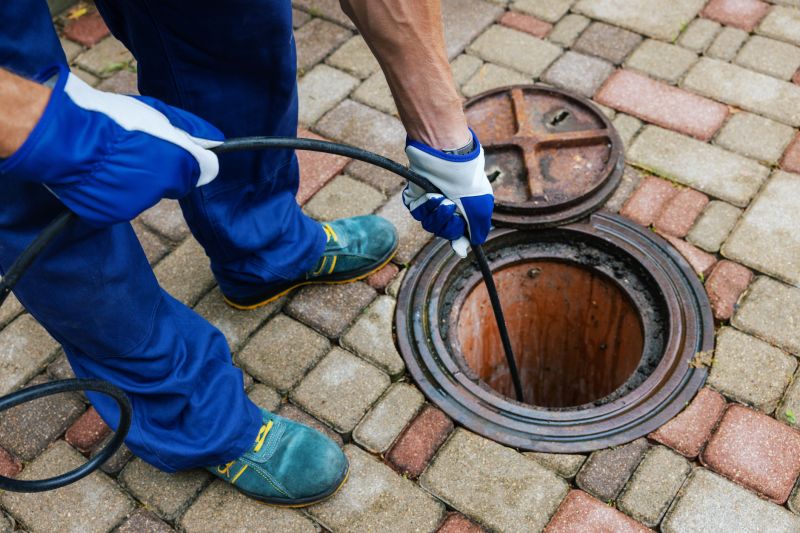
Specialized machinery facilitates efficient installation of new sewer lines.
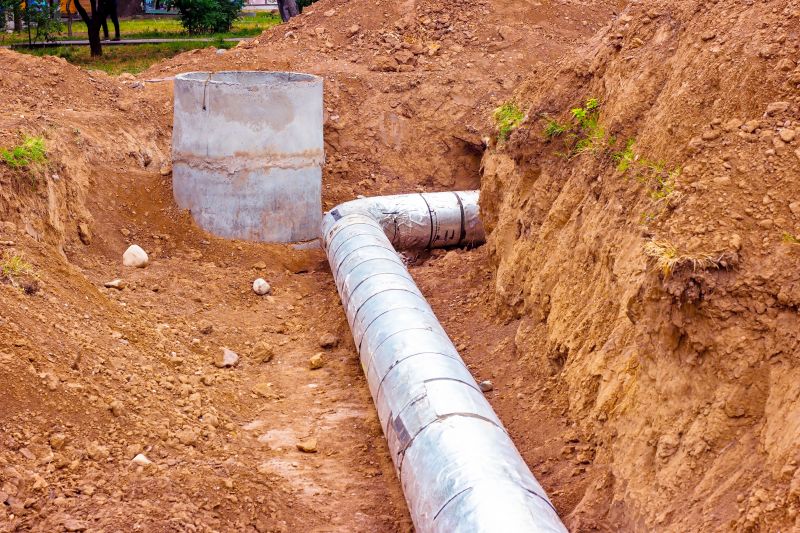
A properly replaced sewer line functioning correctly underground.

Final checks confirm the integrity and proper connection of the new pipes.
Interested parties are encouraged to contact for more information or to schedule an assessment. Timely replacement can prevent costly repairs and extensive property damage.
